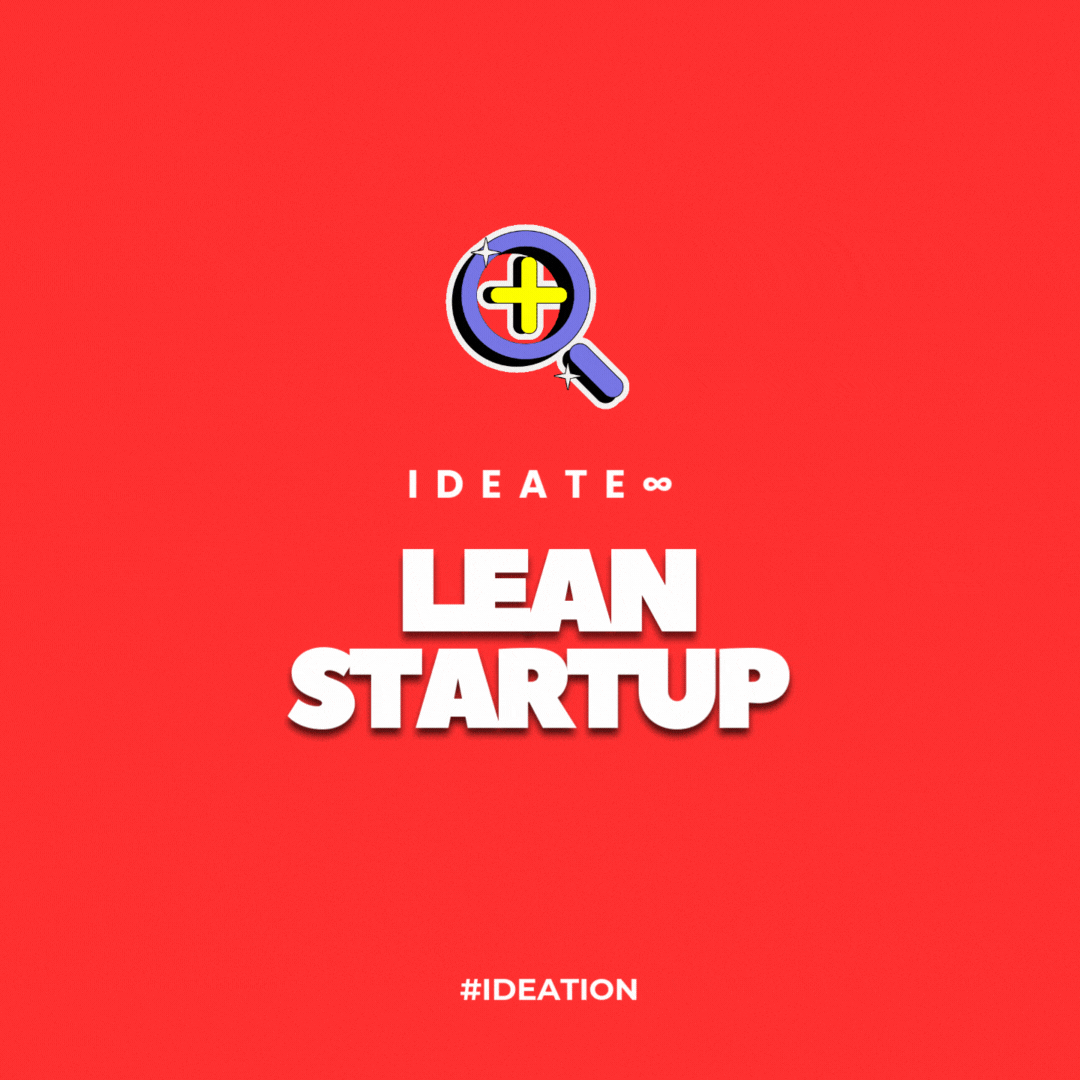Lean Startup in Corporate Innovation: Speed, Learning, and the Risk of Playing It Too Safe
Introduction
In today’s market, speed is everything. Yet most corporate innovation programs still move slowly—bogged down by committees, perfectionism, and fear of failure. The Lean Startup methodology promises an antidote: test fast, fail small, and scale what works.
First pioneered by Eric Ries in the startup world, Lean Startup has since become a staple in corporate innovation circles. At Hangar 75, we use it within the IDEATE∞ platform to help our enterprise partners validate assumptions, accelerate feedback loops, and de-risk early-stage ideas.
But while powerful, Lean Startup isn’t without criticism—especially in large, complex organizations. Used carelessly, it can lead to an endless loop of micro-tests without strategic direction.
What is the Lean Startup Methodology?
The Lean Startup model is based on a simple cycle: Build → Measure → Learn.
Build: Develop a Minimum Viable Product (MVP) or prototype
Measure: Test it with real users to collect feedback
Learn: Analyze results and decide whether to pivot, persevere, or abandon
This loop enables faster decision-making and smarter allocation of resources. The philosophy centers on validated learning—discovering what customers actually want before scaling investment.
In corporate contexts, this means replacing large-scale, waterfall-style innovation programs with agile experiments that minimize waste and maximize insight.
Why Lean Startup Resonates in Corporate Innovation
In enterprise environments, risk aversion, resource complexity, and process inertia often stall innovation. The Lean Startup method introduces a culture of experimentation, evidence-based decisions, and customer validation—critical traits for sustaining innovation at scale.
It also aligns with key C-suite priorities: faster time-to-value, measurable progress, and reduced innovation waste.
Pros of Lean Startup
Accelerates Learning: Quickly validates what works and what doesn’t
Reduces Risk: Limits investment before product-market fit is proven
Customer-Centric: Encourages direct feedback loops from real users
Promotes Agility: Adapts to new information faster than traditional processes
Scales Efficiently: Successful MVPs provide a blueprint for scalable models
Cons of Lean Startup
Can Favor Incrementalism: Risks optimizing small features over bold transformation
Metrics Myopia: Focus on short-term feedback can distract from long-term strategy
Cultural Resistance: Corporate environments may resist “fail fast” mentalities
Underinvestment Risk: MVPs may be under-resourced, resulting in misleading validation
Not Ideal for Deep Tech or Long-Horizon Innovation: Some ideas require time, capital, and patience
Illustrative Example: Validating a Digital Add-On in Consumer Insurance
A global insurer approached Hangar 75 with an idea for a wellness app to complement its core health product. Rather than funding a full development cycle, we recommended a Lean Startup approach within IDEATE∞.
Here’s how it worked:
Build: Developed a no-code landing page offering wellness perks and linked it to a simple sign-up funnel
Measure: Ran small ad campaigns to test message resonance and track conversion
Learn: Discovered that users were far more interested in mental health content than fitness tracking
This insight led to a pivot: the MVP was re-scoped around mental wellbeing, resulting in a new content-led platform that launched within eight weeks—at a fraction of the original planned investment.
Where Lean Startup Fits Within the IDEATE∞ Platform
At Hangar 75, Lean Startup is embedded into the validation phase of IDEATE∞. After ideas are generated and shaped through tools like Design Thinking, Brainwriting, or JTBD, Lean Startup frameworks are used to test desirability, feasibility, and viability.
Within IDEATE∞, clients can:
Create digital MVP templates
Set up feedback collection workflows
Auto-score user behavior against success metrics
Run micro-tests (ads, landing pages, no-code prototypes)
Receive AI-generated recommendations for pivot or persevere decisions
We treat Lean Startup not as a full innovation strategy—but as a tool within a larger, outcome-driven process.
The Strategic Role of Lean Startup in Innovation Portfolio
Lean Startup is best suited for:
Early-stage product or service validation
Experimentation with new business models
De-risking investments ahead of scaling
Rapid iteration in highly dynamic markets
Internal venture teams or incubators
It’s less effective when:
The innovation requires long-term R&D
Regulatory complexity limits rapid testing
Customer feedback cycles are inherently slow
Strategic goals are long-horizon (e.g., ESG transformation)
In those cases, we complement it with frameworks like Anticipatory Design, Biomimicry 3.0, or Disney Creative Strategy.
Final Thoughts: Learn Fast—But Don’t Lose the Plot
Lean Startup has reshaped how innovation happens inside companies—but it’s not a silver bullet. When used in isolation, it can drive a culture of incrementalism. When embedded within a broader strategy, it becomes a powerful engine for testing, learning, and scaling.
At Hangar 75, we use Lean Startup inside IDEATE∞ to ensure your best ideas don’t just sound good—they prove themselves early, cheaply, and clearly.
Ready to Unlock Transformational Ideas?
This is just one of the many powerful techniques embedded within IDEATE∞, Hangar 75’s enterprise-grade ideation engine. Whether you’re launching a new product, solving complex challenges, or evolving your innovation strategy, IDEATE∞ helps you generate, enrich, and prioritize high-impact ideas—fast.
👉 Explore how IDEATE∞ can be deployed inside your organization.
Schedule a no-risk, personalized demo and discover precisely how IDEATE∞ can drive strategic advantage for your organization.

